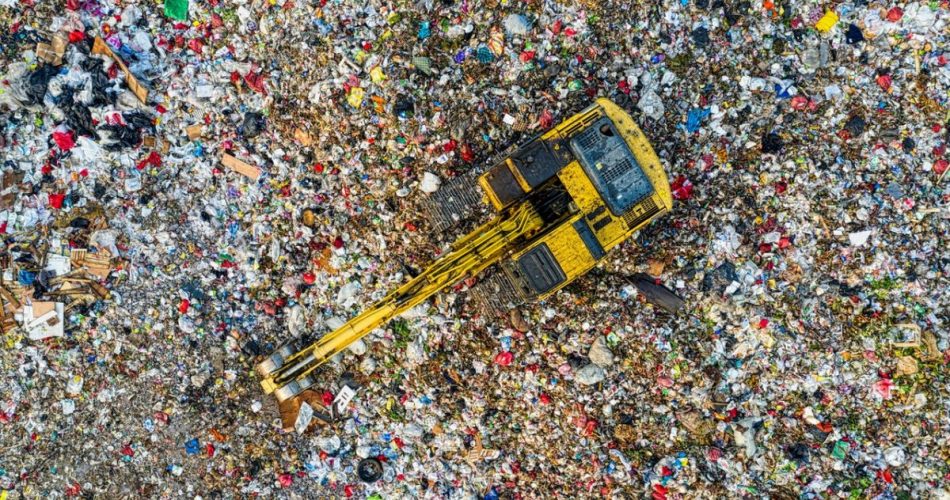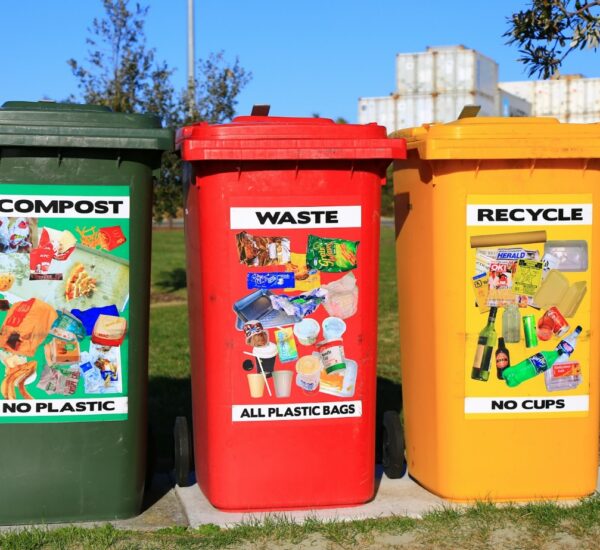According to a recent data from MNRE, there exists a potential of about 1300MW from industrial wastes.
Classification of Industrial Waste
In a broad sense, industrial wastes could be classified into two types.
1. Hazardous industrial waste
2. Non-hazardous industrial waste
HAZARDOUS INDUSTRIAL WASTE
Hazardous wastes, which may be in solid, liquid or gaseous form, may cause danger to health or environment, either alone or when in contact with other wastes. Various agencies have defined hazardous wastes in different ways and as such, there is no uniformly accepted international definition so far. It is presumed that about 10 to 15 percent of wastes produced by industries are hazardous and the generation of hazardous wastes is increasing at the rate of 2 to 5 percent per year.
Hazardous industrial wastes in India can be categorized broadly into two categories.
i) Hazardous wastes generated from various industries in India
ii) Hazardous industrial wastes imported into India from Western Countries for re-processing and recycling.
Inventorisation of hazardous wastes generating units and quantification of wastes generated in India are being done by the respective State Pollution Control Boards (SPCBs).
Hazardous waste in particular includes products that are explosive, flammable, irritant, harmful, toxic, carcinogenic, corrosive, infectious, or toxic to reproduction.
Sources of Various Hazardous Wastes
|
Hazardous Waste Component |
Source |
|
Heavy Metals |
|
|
Arsenic |
Mining, non anthropogenic geo-chemical formation |
|
Cadmium |
Mining, fertilizer industry, battery waste |
|
Chromium |
Mining areas, Tanneries |
|
Lead |
Lead acid battery smelters |
|
Manganese |
Mining areas |
|
Mercury |
Chlor-alkali industries, healthcare institutes |
|
Nickel |
Mining, metal refining |
|
Hydrocarbons |
|
|
Benzene |
Petrochemical industries, solvents |
|
Vinyl chloride |
Plastics |
|
Pesticides |
Insecticides |
|
Organic chemicals |
|
|
Dioxins |
Waste incineration, herbicides |
|
PCBs |
Fluorescent lights, e-waste, Hydraulic fluid |
Management and Treatment Options for Hazardous Waste
Use of Hazardous Wastes as Alternate Fuels
In the European Union, about 3 million tons of hazardous waste from cement works has been used as an alternate fuel. There are a large number of hazardous wastes generating units located in India. 11, 138 units have been given authorization by SPCBs under Hazardous Waste (Management and Handling) Rules, 2003, mostly for temporary storage of hazardous wastes within the plant premises. In India, about 4.43 million tons of hazardous wastes are generated annually, out of which 71, 833 tons are incinerable (as per the reports of SPCBs submitted to the Supreme Court of India). There is a need to explore the possibility of using such wastes by other industries.
Incineration
Incineration serves the dual purpose of reduction of both the toxicity and the volume of the waste, which is an important consideration when the disposal of wastes is finally destined for landfills. Most of the process wastes from chemical unit operations can very well be treated in properly designed incinerators.
Hazardous wastes (secured) landfill
Hazardous waste landfill site is designed scientifically to have an impervious stratum at bottom to stop leachates percolation, and thus to avoid soil and water pollution/contamination in the vicinity of the landfill site. HDPE lining is used in making the landfill impervious. There are arrangements made for collection and treatment of leachates from the hazardous wastes.
Various reports indicate that more than 19 Treatment, Storage & Disposal Facilities (TSDF) have been created in Gujarat alone. Many other states are following the similar action to establish such facilities. However, some kind of risk will always be there for the people and ecosystem by these operating and closed TSDFs.
NON-HAZARDOUS INDUSTRIAL WASTE
Non-hazardous or ordinary industrial waste is generated by industrial or commercial activities, but is similar to household waste by its nature and composition. It is not toxic, presents no hazard and thus requires no special treatment.
In particular, it includes ordinary waste produced by companies, shopkeepers and trades people (paper, cardboard, wood, textiles, packaging, etc.). Due to its non-hazardous nature, this waste is often sorted and treated in the same facilities as household waste.
Treatment options for Non-hazardous Industrial Waste
Non hazardous industrial wastes being diversified in their chemical nature, physical texture and moisture content and calorific values etc demand distinct treatment options which are broadly classified as follows
|
Industries |
Prominent Wastes Generated |
Treatment Option |
Application |
|
Sugar Mills |
Sugar bagasses |
Combustion and Gasification |
Heat and power |
|
Pressmud |
Composting |
Fertilizer |
|
|
Sugar molasses |
Fermentation |
Ethanol synthesis |
|
|
Fermentative Yeast biomass |
Biomethanation |
Biogas production & digestate |
|
|
Slaughter houses |
Organs, Tissues, Blood, Hides, Animal excreta and Carcass etc |
||
|
Paper mills |
Pulp |
||
|
Paper shavings |
Combustion |
||
|
Wood wastes and Paper boards |
Combustion and gasification |
||
|
Dairy Plants |
Whey and Milk cream |
||
|
Sago factories |
Starch materials and peels |
||
|
Tanneries |
Hides and skins |
Acid treatments and biomethanation |
|
|
Animal Husbandries |
Animal excreta and body fluids |
||
|
Fruits and vegetable processing units |
Pulp wastes |
Please Note: It does not include the finished goods from industries such as plastic and cables etc thrown off as urban solid wastes.
As non-hazardous industrial wastes are treated using the technological options available for urban wastes, for more information about the treatment options click here.




